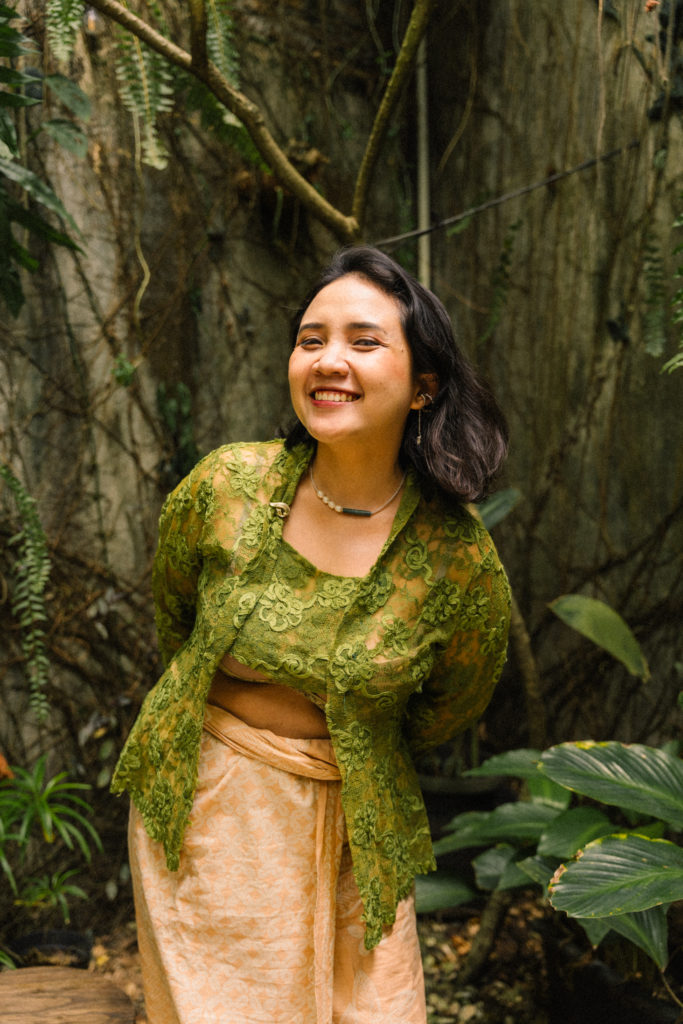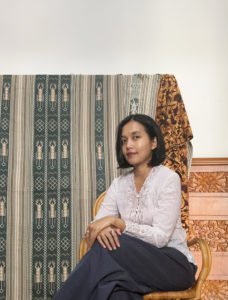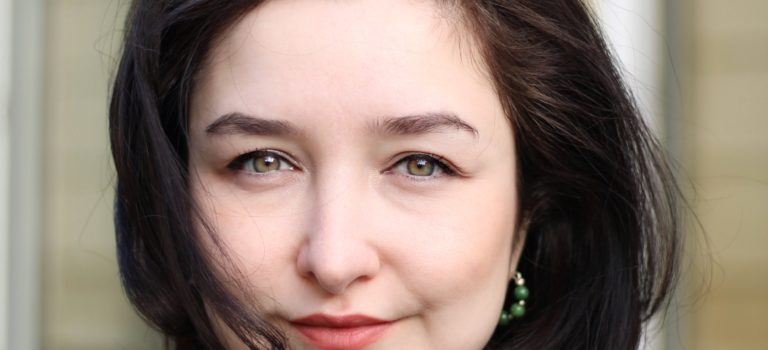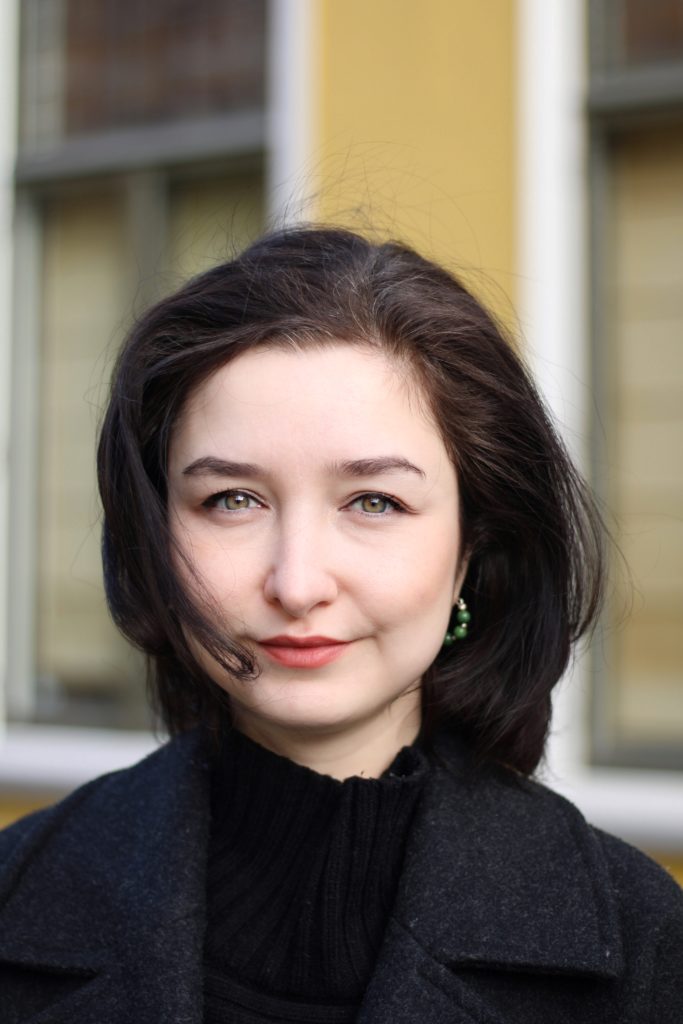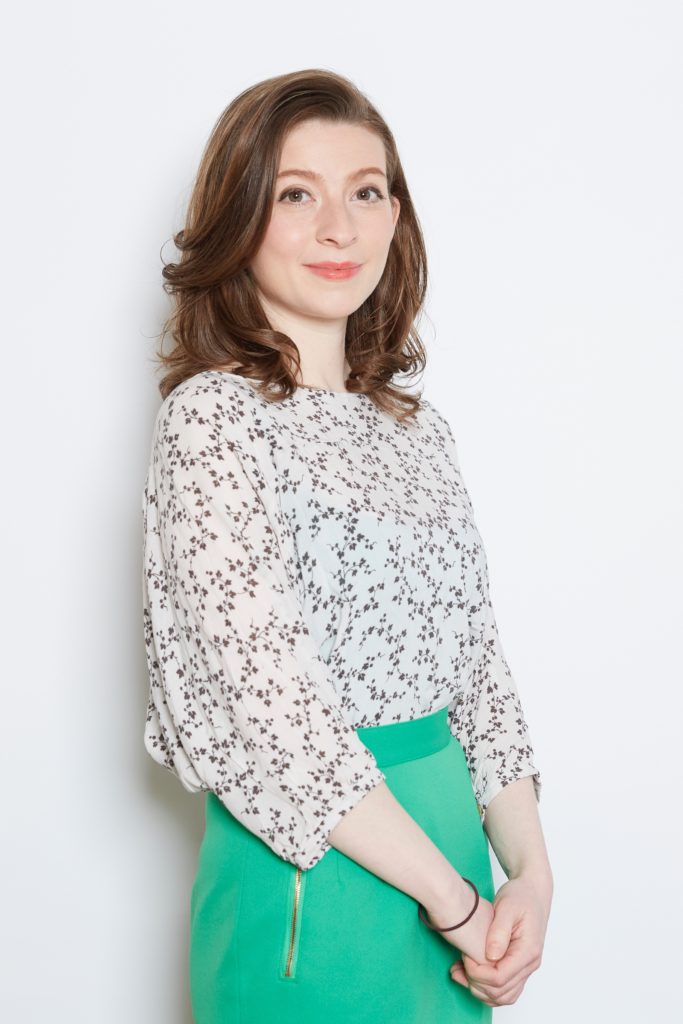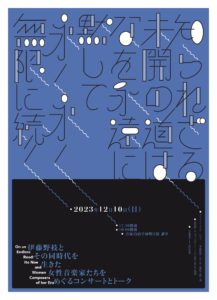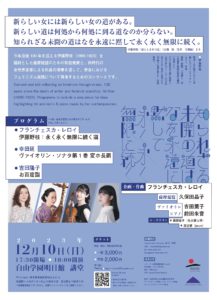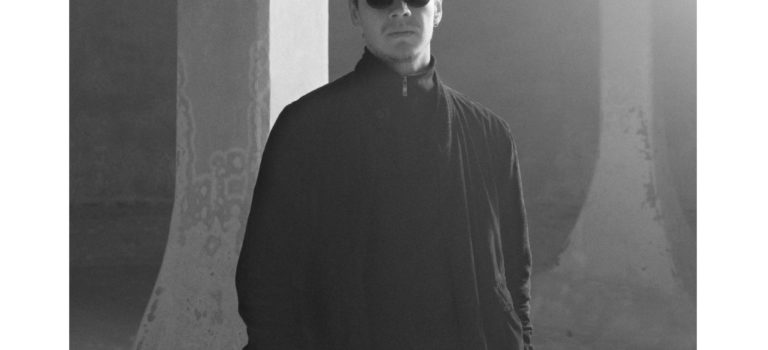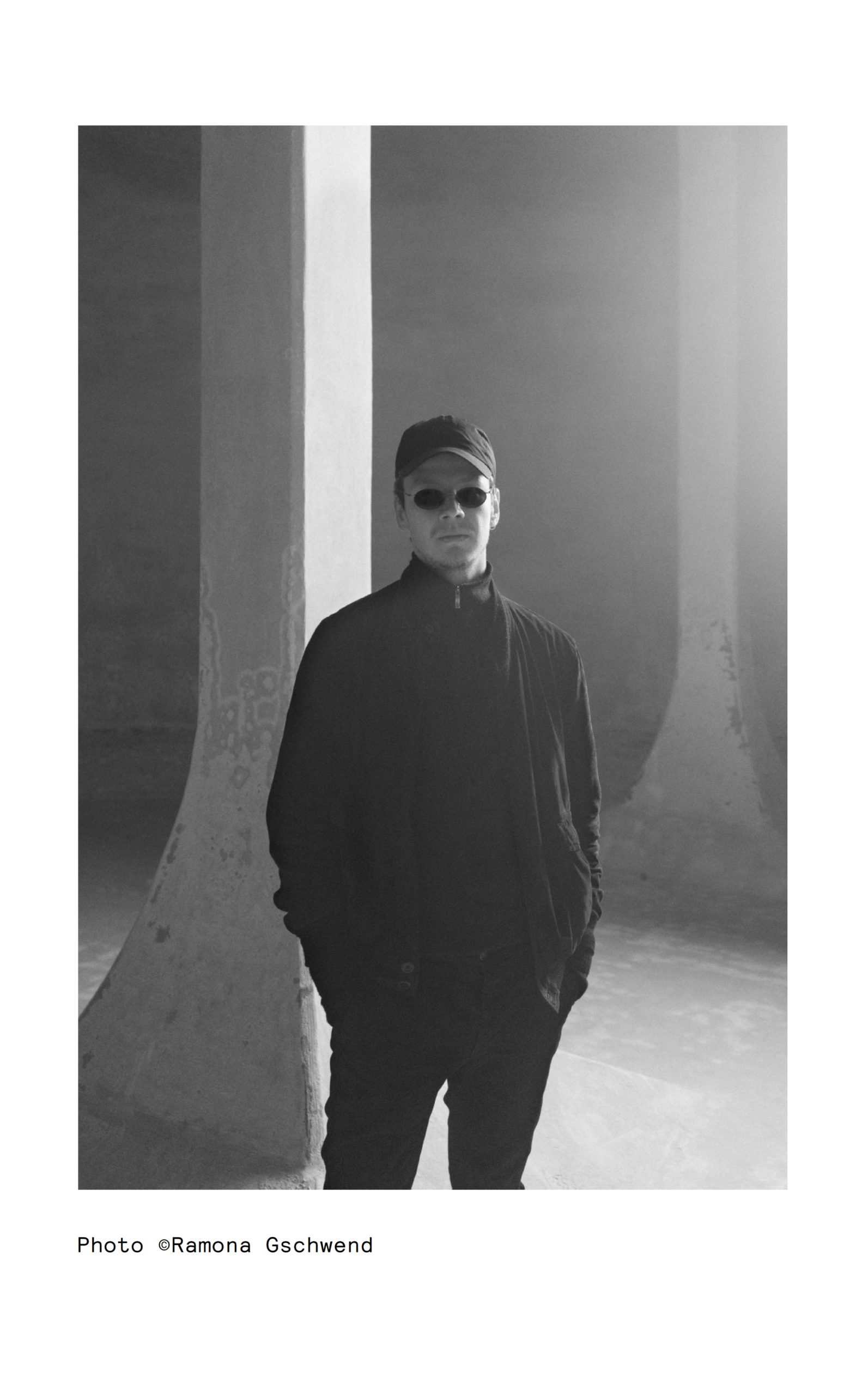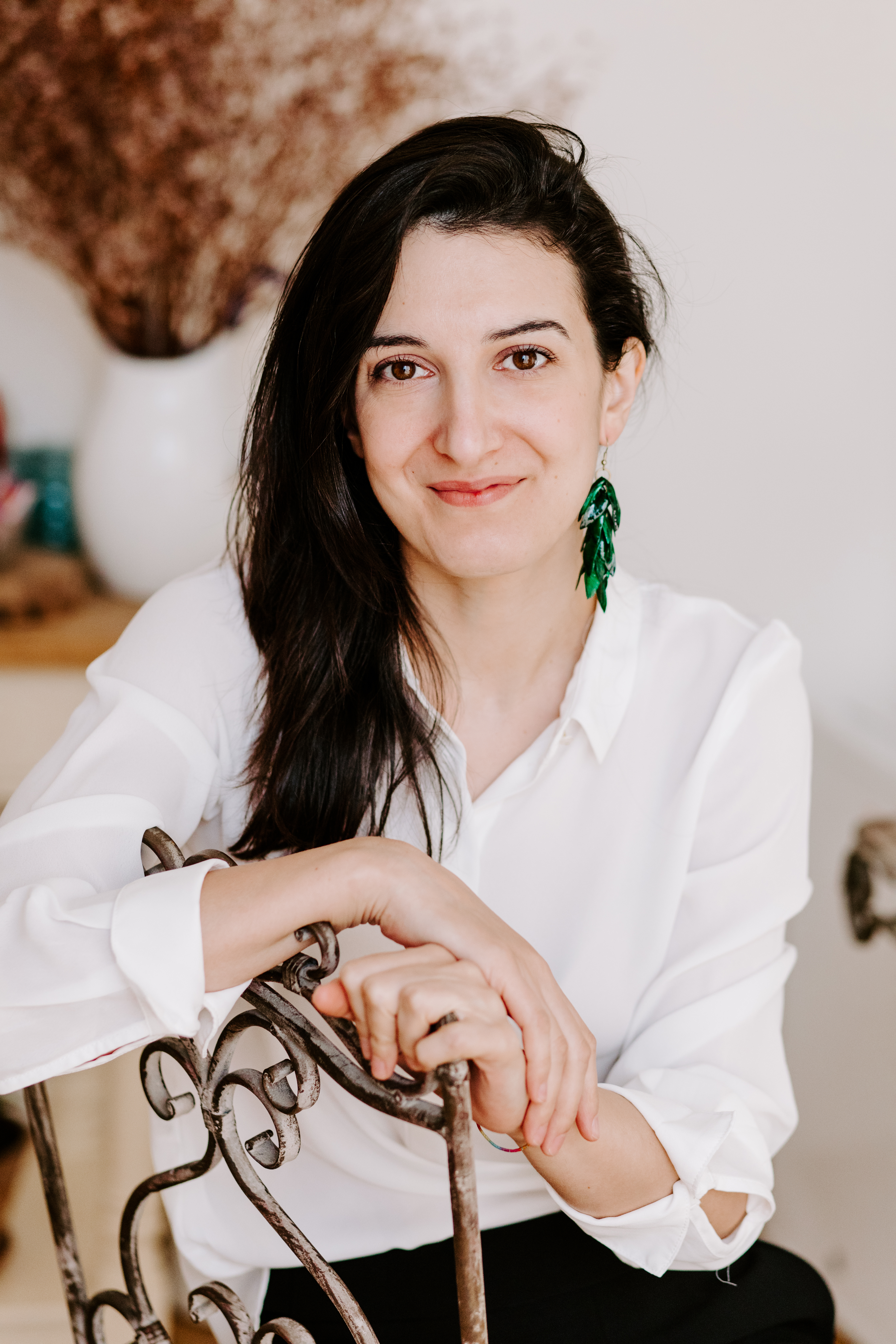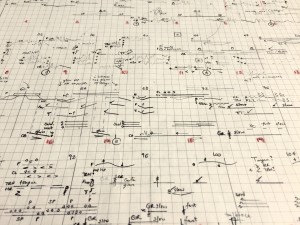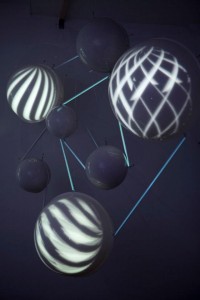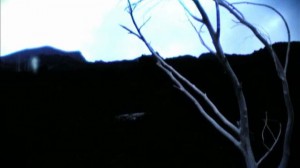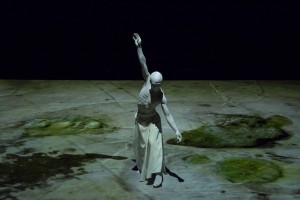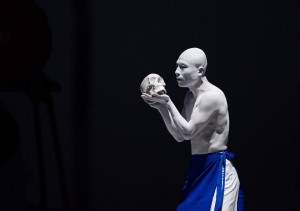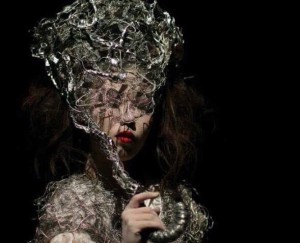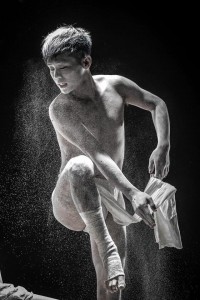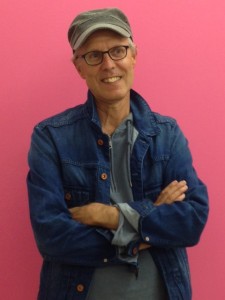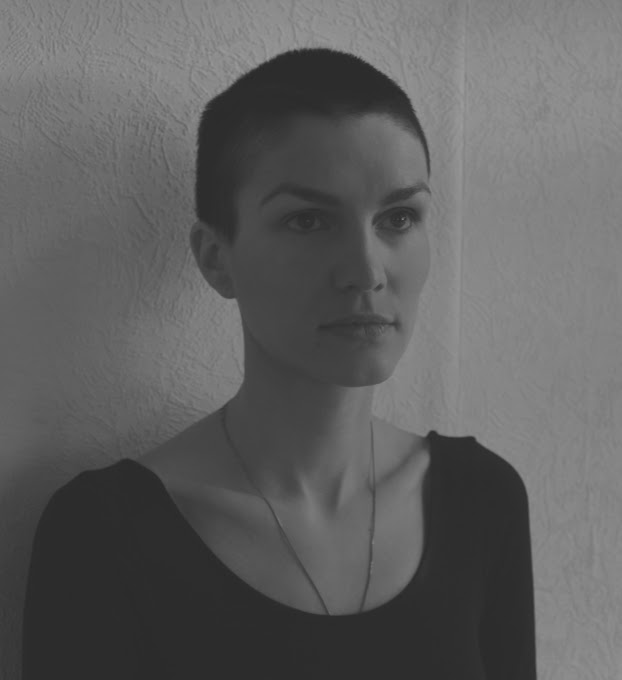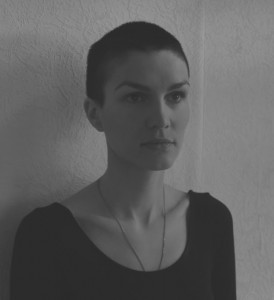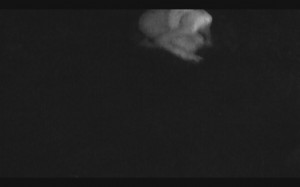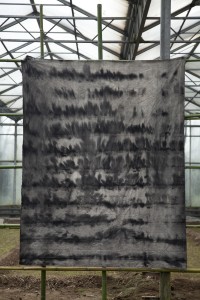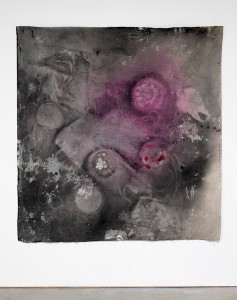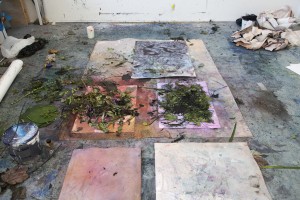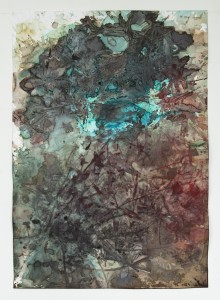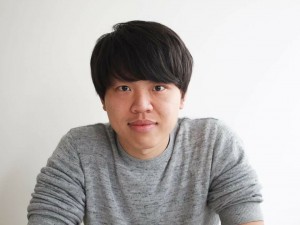Intan Anggita Pratiwie
Intan Anggita Pratiwie is trailblazer in multiple creative domains from sustainable fashion researcher, recycling artist and Japan culture enthusiast.
She has been recycling fashion since 2004 on her campus, almost 20 years in the sustainable fashion movement.In 2012 she began by running a fashion brand for cause, fusing denim secondhand with traditional handwoven ikat, an Indonesian weaving technique to raise money for a website about inspirational people in Eastern Indonesia and their tribes.Because of this movement Intan received the Kartini Next Generation Award in 2014 from the Minister for the Role of Women and the Minister of Communication and Information in the field of Art and Culture. In 2015, she received 20 young Agent of Change from Indonesia by UNFPA.
In 2015, she built Setali Indonesia as a Co Founder on Research and Development.Setali Indonesia is a social enterprise focusing on extending the life of clothes to address fashion waste problems.Setali gives a new life to rejected, old, or unsold clothing items and textile waste by transforming them into an inspiring creation. We aim to breathe new life to waste and improve the livelihood of people who make our garments. Everyone can contribute by supplying their preloved items and in return enjoy a selection of our carefully crafted upcycling items.Every sales made and project conducted will be directed to empowering the local artisans and tailors community through training and upskilling activities.
Most recently Intan has been working as a textile artist for Greenpeace South East Asia, one of Indonesian accelerator Women Earth Alliance 2020 and 50 Punggawa Bumi of Media Indonesia 2020.
Berita Satu People & Inspiration Awards nominee Environment 2022, Women of The Year Her World Indonesia 2022, guest lecture on many fashion faculty about sustainable fashion for two years. 2023 Indonesian delegate for ASEAN Green Cultural Entrepreneur. 2023 artist residency in Miyagi Japan, granted by the Japanese government.
Solo Exhibition:
2022, Barang Lama Bersemi Kembali, Astha Mall,
2023, World Within Wardrobe, Subo family, Jakarta.
2023, World Within Wardrobe, BNA Hotel, Tokyo, Japan,
2023, In Nature We Trust, BACC, Bangkok, Thailand
2023 Intan release book about sustainable fashion:
World Within Wardrobe (Dunia Dalam Lemari).
Follow me:
Instagram:
Www.instagram.com/intananggitapratiwie
Www.instagram.com/setali.indonesia
Project Plan
Intan will conduct her research , exhibition and workshops both in Tokyo and Fujiyoshida(Yamanashi pref) as an extension program of Co-iki Residency.
◾️Exhibition / Workshop
Celebration of Nature’s Palette with Sande Nusantara
インドネシアのサンデ・ヌサンタラ来日展示
「天然の色彩を祝福する」
Showcase the diverse range of colors derived from natural sources like plants, roots, and minerals, illustrating the richness and variety of sustainable dyeing options.
Date & Time
Exhibition:March 24th(sun) – 30th(sat)
11:00-17:00
Open Studio: March 24th(sun) All Day
Workshop & Talk: March 30th(sat) 13:00-15:00
*3500JPY participation fee for the workshop
Venue: Kura House
(Address: 2-1-25, Fujiyoshida-shi, Yamanashi, Japan )
—————
Story of Indonesian Batik in General
Indonesian batik, a traditional textile art form, intricately applies wax and dye to create beautiful patterns on cloth. This process involves several steps: Design Creation, Wax Application, Dyeing, Wax Removal, and Final Touches.
Natural coloring in Indonesian batik involves using dyes derived from plants, minerals, and insects. These natural dyes produce vibrant colors and are favored for their eco-friendly and sustainable properties. Common natural dye sources include indigo, sappanwood, turmeric, and various leaves and flowers.
Indonesian batik is not only a beautiful art form but also a symbol of cultural identity and heritage. Traditional techniques and natural coloring methods have been passed down through generations, contributing to the rich and diverse tapestry of Indonesian textile art.
———
“Batik: Weaving the Wonders of the Sea”
When we infuse the batik-making process with the essence of marine life and natural coloring, we embark on a journey that allows us to immerse ourselves in the wonders of the ocean and the beauty of nature.
Imagine standing amidst the vibrant hues of the ocean’s depths, surrounded by the captivating sights and sounds of marine life.
Instead of relying on synthetic dyes, we turn to the treasures of the sea itself to create our palette.
From the deep blues of extracted indigo to the golden tones of turmeric mirroring the sunlit shallows, and the rich greens derived from algae, each pigment tells a story of the diverse life that thrives beneath the waves.
As we sketch intricate designs onto the fabric, we draw inspiration from the myriad forms of marine biodiversity. With each stroke of the canting, we delicately apply hot wax, preserving spaces where the natural colors will later bring our designs to life.
Through our art, we capture the fluidity of tropical fish darting through coral reefs. Each brushstroke brings to life the intricate patterns of fish scales and the delicate swaying of seaweed. With every detail meticulously rendered, our batik becomes a vibrant tapestry that portrays the interconnectedness of marine life and the natural world.
Each piece of batik becomes a reflection of our reverence for the ocean, telling a tale of wonder, beauty, and the delicate balance of life beneath the waves. In this way, batik becomes more than just an artistic endeavor; it becomes a canvas for expressing our deep connection to the ocean and our commitment to preserving its precious ecosystems for generations to come. Through our batik creations, we celebrate the intricate harmony and vibrant diversity of marine life, sharing its magnificence with the world.
◾️Participating Artists from Sande Nusantara
Made Ayu Anggara Wardhani
In Indonesia’s vibrant creative scene, Made stands out as an exceptional Art Director. With 16 years of experience, she has spearheaded branding initiatives for a leading lifestyle design company. In 2015, she co-founded Arjuna Photo Studio, a venture that seamlessly blends art and culture, catering particularly to Japanese residents through traditional Indonesian photo sessions featuring a variety of indigenous textiles.
Featured in the “100 Indonesian Women” project of 2021 by a prominent Fashion Photographer, Made became part of Setali Indonesia in 2021, and later co-founded Sande Nusantara Batik Textile Research in 2022. Driven by a fervent commitment to innovation and cultural heritage preservation, Sande delves into the realm of eco-friendly dyeing techniques.
In 2023, Made collaborated with Setali Indonesia to launch the Fabric Lab, a groundbreaking initiative that repurposes textile waste into sustainable products. Presently, she is spearheading the establishment of a design studio prioritizing sustainability, while concurrently advancing Sande and Fabric Lab’s eco-conscious textile practices.
Consistently pushing the boundaries of creativity, Made leaves an enduring imprint on the landscape of Indonesian design.
instagram :
https://www.instagram.com/madeaaw/
https://www.instagram.com/sande.nusantara/
Nabila
Nabila, also known as Bia, is a sociopreneur and avid batik art enthusiast from Pekalongan, known as the world’s city of Batik. Since 2016, she’s been empowering local batik artisans. Her journey began while studying at Telkom University, where her thesis explored Batik Djawa Hokokai, sparking her passion for empowering artisans and promoting its historical significance.
In 2018, Bia won the national entrepreneurship competition ‘Wirausaha Muda Mandiri’, enabling her to support local artisans in Pekalongan. Through various initiatives, she highlights the craftsmanship of handwritten batik, emphasizing its chemical-free process and supporting livelihoods.
Recognized for her advocacy, Bia received the top student award in Indonesia for The Entrepreneurs Organization’s Global Student Entrepreneur Award in 2019. In 2022, she joined Sande Nusantara to continue her journey of promoting batik art as our authentic cultural legacy.
Currently, Bia focuses on handwritten and hand-stamped batik with natural dyes, aiming to establish her own batik production house. Her ultimate goal is to host workshops, inviting people worldwide to experience and learn about Pekalongan’s cultural heritage, spreading the beauty of our cultural legacy globally.
instagram :
http://Www.instagram.com/heybiaa._

